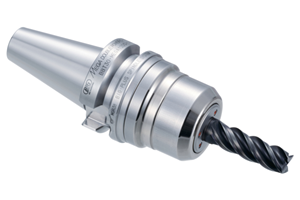Tangential Milling, Slow-Motion Video Address Slotting Bottleneck
By switching to tangential milling from Ingersoll Cutting Tools and using a slow-motion video to identify and overcome a lack of horsepower, Busche Enterprise was able to reduce cycle time and tool cost.
Share





Every time inserts ruptured unexpectedly, production came to a halt at Busche Enterprise in Albion, Indiana. To make edge life longer and more consistent, the company decided to retool a rough slot milling operation in a steel forging with a tangential mill from Ingersoll Cutting Tools (Rockford, Illinois). However, to meet cycle time and tool cost goals, Busche also needed to overcome a lack of horsepower. By videoing the operation, the company was able to pinpoint exactly when the spindle became overloaded.
As a manufacturer that specializes in diversified CNC contract machining, principally for industrial, automotive, agricultural and durable-goods manufacturers, Busche often uses steel forgings. “We know steel forgings can eat up tooling, so we have a company-wide effort to address it,” says Josh Belhumeur, leader of the company’s continuous improvement program known as CHIPS (continuously helping improve process systems). The overall goal for Busche’s production is to “make rate” on all machines in all seven plants at the Indiana site, meaning that the machines are actually producing chips during 90 percent of their operating schedule.
On one high-volume job in a punishing material, however, Busche wasn’t making rate. The target operation was roughing out a shallow slot about 7 inches wide in a 16-pound crankshaft counterweight made of forged steel. Cutting the slot is part of a five-operation process run on a 27-hp Okuma CNC horizontal machining center. The workpiece looks like Mickey Mouse ears, measuring 16 inches across and 2 inches thick. With an annual volume of 200,000 pieces, the job was worth optimizing.
One of the reasons why the job was not making rate was because Busche roughed the slot in three passes with a size-matched conventional radial face mill running at 764 sfm, 0.100-inch depth of cut, and a feed of 15 ipm. The operation took about 2 minutes, and inserts failed roughly every 80 pieces, usually by sudden edge cracking. Tooling cost ran about $0.28 per part as a consequence. Worse, the tool failures stopped production frequently.
Last August, during one of their frequent shop walks, Busche asked Ingersoll’s Dean Douglass for a remedy that prioritized lower tool costs. To make the tool replacement a simple drop-in, Mr. Douglass brought in a trial S-Max tangential mill that was the same diameter as the previous cutter, only its four inserts were oriented tangentially. The cutter diameter is size-matched to the slot width, and the square inserts have 0.200-inch corner radii to meet part print specifications.
“Tangential tools have proven out as the ‘go-to’ solution for literally hundreds of very difficult rough milling applications,” Mr. Douglass says, “so we were sure it would work well here.”
In tangential milling, Mr. Douglass explains, the inserts lie flat in the cutter’s pitch circle, presenting their strongest cross section to the main cutting force vector. The cutter body is always stronger as well, because less metal is machined away for the seat pockets.
During trials at the original machining rates, the tangential cutter boosted edge life to 240 pieces and reduced tool cost to about $0.15 per part. Next, Mr. Douglass gradually increased the feed and depth to complete the slot in just two passes. This reduced cycle time, but edge life dropped to 200 pieces per corner. Although this was an improvement, cycle time and tool cost goals were not fully met. In November, management challenged Mr. Belhumeur to meet both goals.
Mr. Douglass thought there was still some headroom, so he suggested ramping up the machining rate further still. “I could tell from the sound of it, the chip shape and the track record of tangential tools that this cutter could safely complete the cut in a single pass,” he says. However, at 0.300-inch depth of cut, a problem arose: The cutter and inserts held up fine, but the spindle became overloaded midway through. Instead of backing off the feed rate, Mr. Douglass and Mr. Belhumeur continued. They noticed that the spindle load was transient—it spiked only for a short while in the meat of the cut, but was fine during entry and exit. The operation, however, was over too quickly for the naked eye to pick up the exact spot of overloading.
To capture that moment, Mr. Belhumeur grabbed his smartphone and recorded the 8-second operation on video. He then ran the video through a slow-motion application called SloPro and plotted time stamps on the video with spindle load and table position on an Excel spreadsheet. With that information, he programmed a variable feed rate through the cut that optimized the feed while targeting 70 percent of spindle load. The program, which changes feed rates every 0.040 inch, also generates a 15-30 micron concave bottom in the slot, per print requirements.
The final feed profile began with 15 ipm at the entry, slowed to 10-11 ipm in the middle, and ramped up to 19-57 ipm at the breakout with a consistent 450 sfm. The slot was roughed in 33 seconds, in a single pass with no tool overloads. The edge life increased again to a predictable 500 pieces, driving tool life down to just $0.08 per part.
These performance gains stemmed from two basic differences from the original radial tooling, says Mr. Douglass. First, the insert and cutter body are intrinsically stronger. Second, the IN4000 series grade insert coating is much more durable in milling because it is deposited by physical vapor deposition (PVD), which is done at temperatures up to 600°C, with less thermal effect on the substrate than with the usual chemical vapor deposition (CVD), which is done at up to 1,000°C. The PVD coating also withstands both tensile and compressive forces, while CVD coatings do well on compressive forces only, he says.
Two additional features of the IN4000 series of grades helped meet the demands of this application: an extremely hard oxide layer and an aggressively etched surface. The oxide layer withstands abrasion and resists heat transfer, and the etched substrate strengthens adhesion of the initial coating layer.
Based on his ex-perience so far, Mr. Belhumeur plans to raise the machining rate still further and transfer the variable feed milling process to several other rough face milling jobs on steel forgings as well as gray and ductile castings in all the plants. In fact, he has already implemented an improvement at Busche’s new plant in Hartselle, Alabama.
Related Content
Big Daishowa Chuck Eliminates Chatter in Milling Operations
The Mega 12DS chuck is designed for trochoidal milling with anti-vibration end mills.
Read MoreNidec Universal Head Enables Versatile Machining
The compact universal head enables better accessibility between the tool and the workpiece, as well as improved surface-finish quality, greater motion range and high-efficiency machining under ideal machining conditions.
Read MoreOSG End Mills Provide High-Efficiency Milling
The company has expanded its range of end mills with two offerings for high-speed milling.
Read MoreCeratizit Product Update Enhances Cutting Tool Solutions
The company has updated its MaxiMill 273-08 face mill, WPC – Change Drill, as well as the HyPower Rough and HyPower Access 4.5-degree hydraulic chucks.
Read MoreRead Next
Setting Up the Building Blocks for a Digital Factory
Woodward Inc. spent over a year developing an API to connect machines to its digital factory. Caron Engineering’s MiConnect has cut most of this process while also granting the shop greater access to machine information.
Read MoreRegistration Now Open for the Precision Machining Technology Show (PMTS) 2025
The precision machining industry’s premier event returns to Cleveland, OH, April 1-3.
Read MoreBuilding Out a Foundation for Student Machinists
Autodesk and Haas have teamed up to produce an introductory course for students that covers the basics of CAD, CAM and CNC while providing them with a portfolio part.
Read More

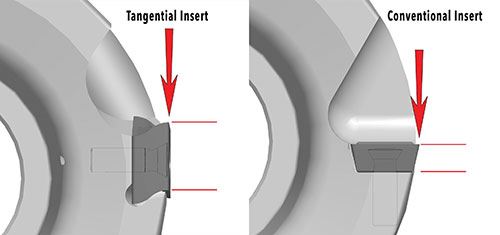
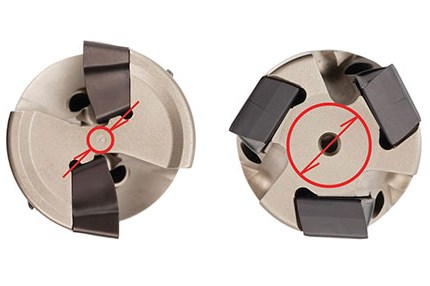
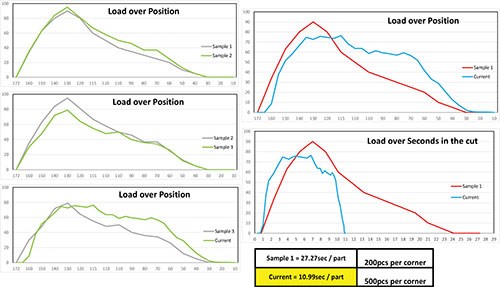
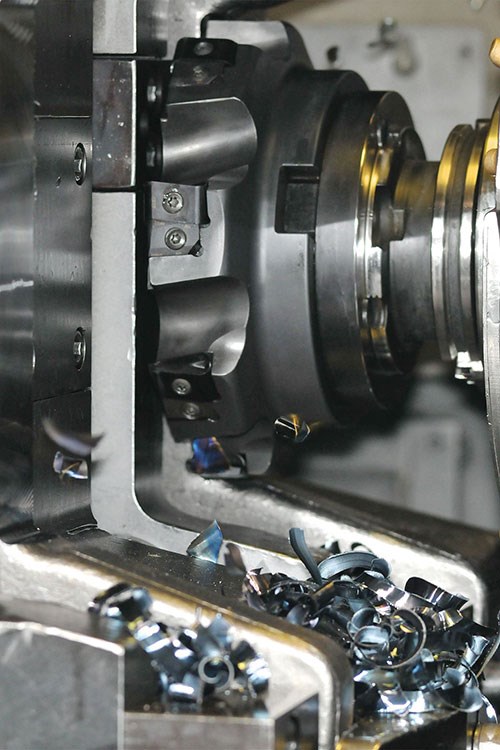
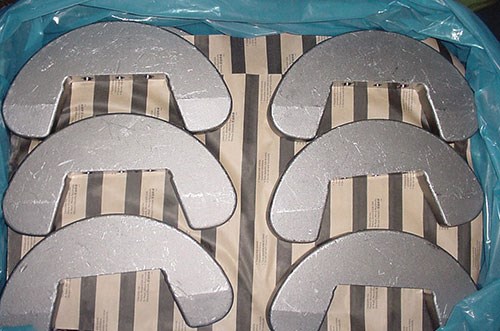


















.png;maxWidth=300;quality=90)











